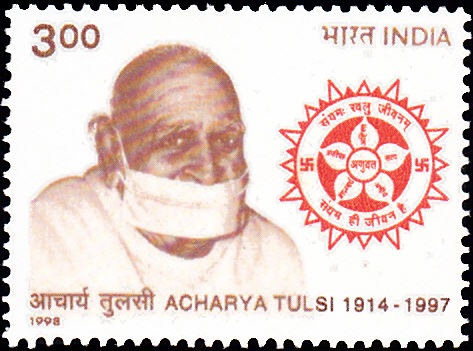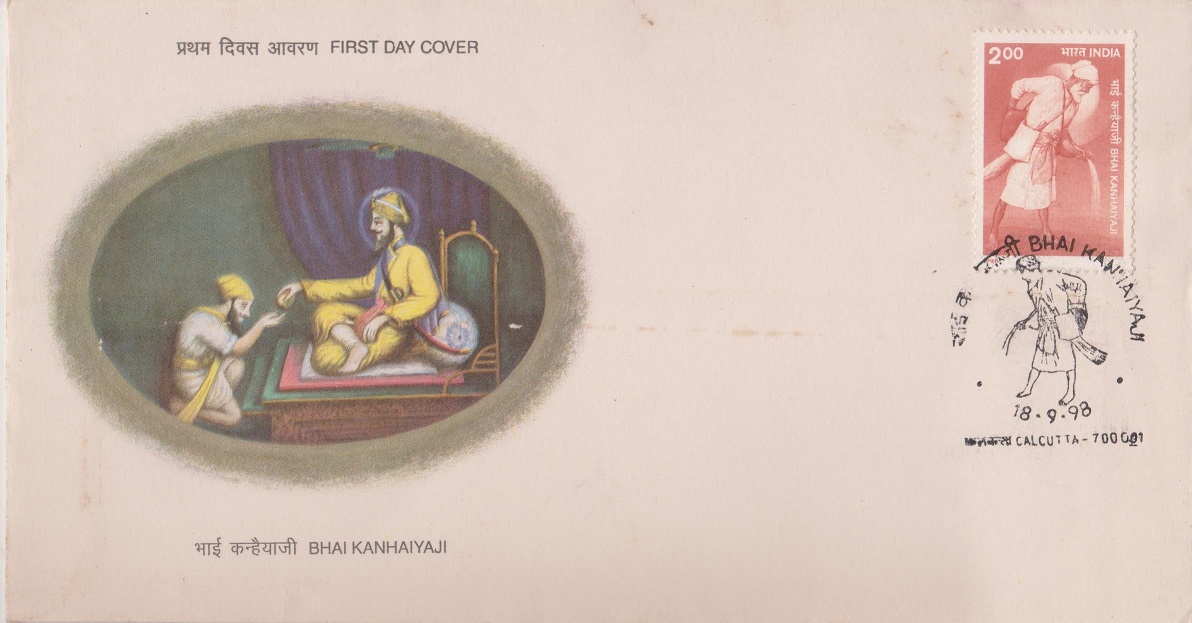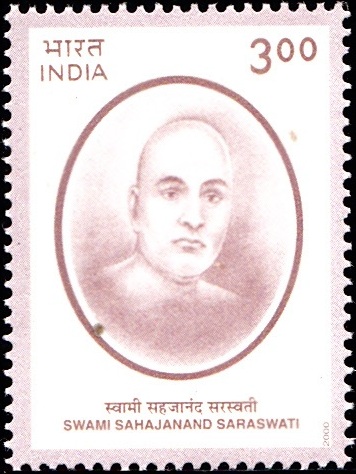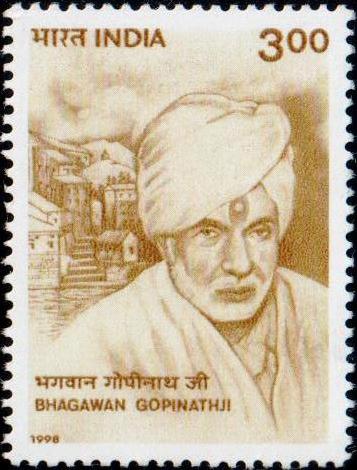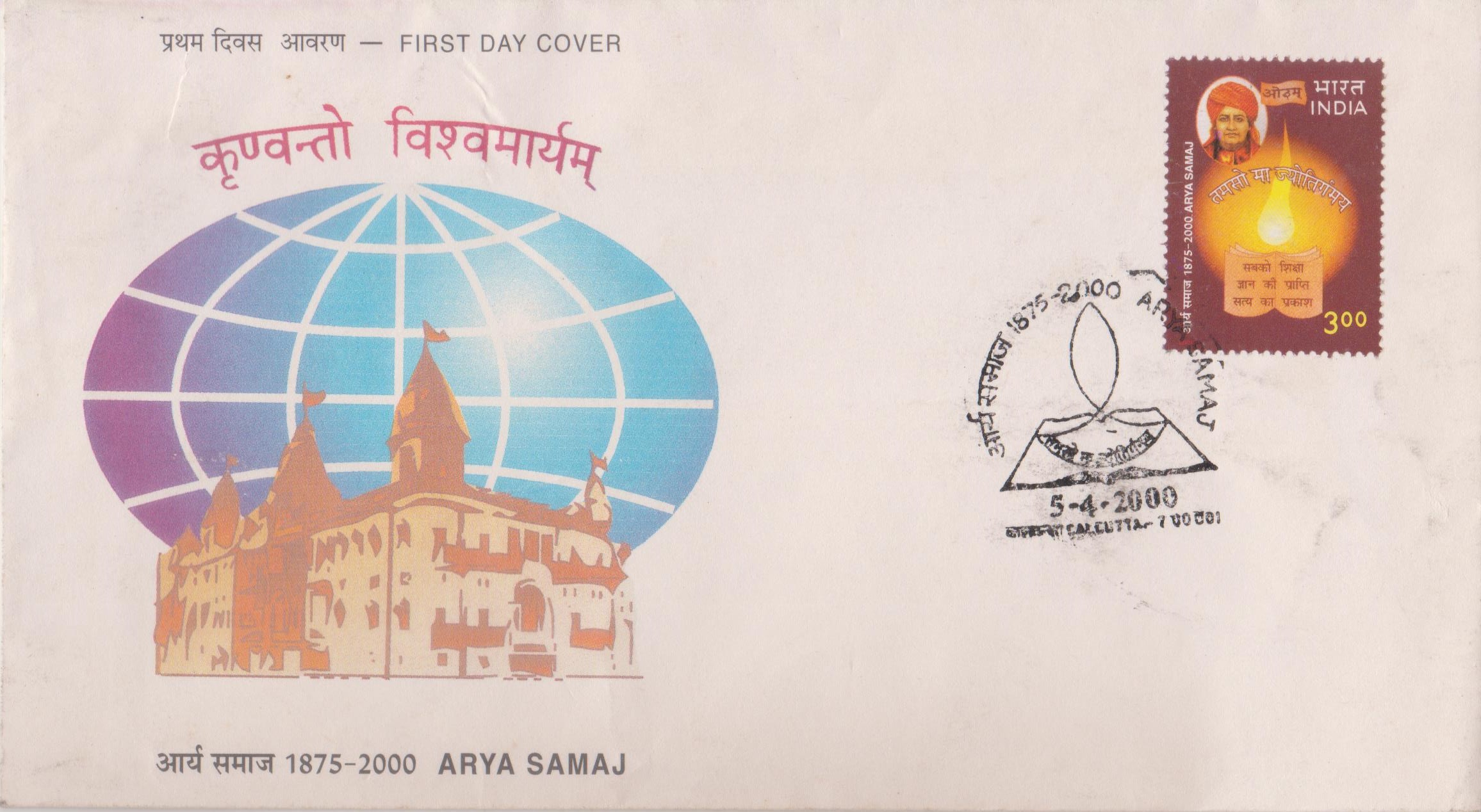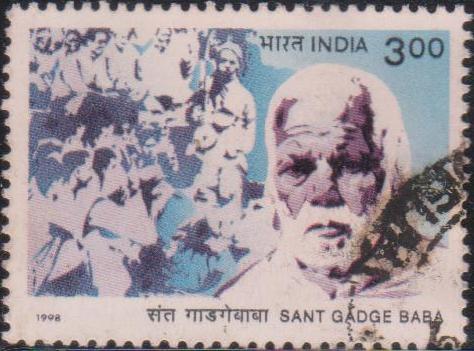
Sant Gadge Baba
A commemorative postage stamp on the Death Anniversary of Sant Gadge Maharaj, a mendicant-saint & social reformer from Maharashtra :

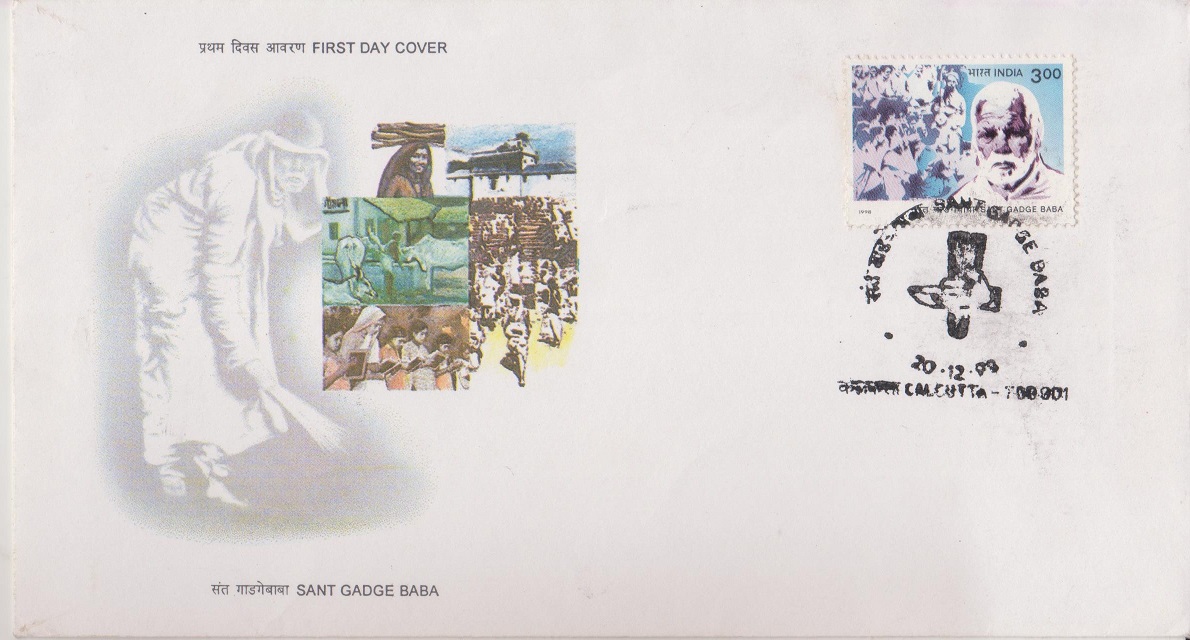 Issued by India
Issued by India
Issued on Dec 20, 1998
Issued for : The Department of Posts is happy to issue this postage stamp to commemorate the death anniversary of Gadge Baba.
Credits :
Stamp & FDC : Bharati Mirchandani
Cancellation : Alka Sharma
Type : Stamp, Postal Used
Colour : Three Colour
Denomination : 300 Paise
Overall Size : 3.91 x 2.90 Cms.
Printing Size : 3.55 x 2.54 Cms.
Perforation : 13 x 13
Paper : Imported unwatermarked Adhesive Gravure Coated Stamp Paper in Sheets 50.8 x 53.5 cms.
Stamps Printed : 0.7 Million
Number per issue sheet : 35
Printing Process : Photogravure
Printer : India Security Press, Nashik
Name : Debuji Zhingraji Janarkar
Born on Fec 23, 1876 at Shendgaon, Anjangaon Surji taluka, Amravati district, Maharashtra, India
Died on Dec 20, 1956 at Walgaon, Amravati district, Maharashtra, India
About :
- Maharashtra has a great tradition of religious philosophers and social reformers for the last many centuries. Gadge Baba (1876-1956) truly carried forward the great tradition of Sant Tukaram and Ekanath.
- Gadge Baba whose real name was Debuji was born in the community of washermen in Shengaon, near Amravati in Maharashtra. His early life was rather in the conventional mould, helping his mother in eking out a living by cattleherding and later on graduating to farming. As was the practice those days, he entered family life at an early age. The turning point in his life came through a chance encounter with an unknown wandering ascetic. What transpired between them was like a revelation to Debuji and led him to begin a new epoch in his life. He quietly left home and embarked upon a wandering career touching the dwellings of the poor and grief-stricken, and bringing solace to their lives.
- A simple, practical man, his teachings were simple for even an illiterate person to grasp their significance. Bhajans (devotional songs) and kirtans (a sermon-like discourse given by a learned person) were used by him to reach out to the masses, and he converted these traditional formats of devotional expression into powerful tools of mass communication through which he would wage battles against the various ills of the society. The way Gadge Baba, himself an illiterate, held the masses spellbound with his oratory, was amazing. His words were so powerful that they left lasting impressions in the minds of the listeners and changed their lives permanently. He spoke against the rigidities of the caste system, superstitious beliefs, the perils of alcoholism and spread the message of cleanliness and personal hygiene. So dedicated was he, that the practice of Gadge Baba carrying a broom, became a symbol of his message to sweep away all social evils.
- He gathered around him a group of committed workers and constructed bathing ghats, dharmasalas (in providing free shelter), homes for the blind and disabled, schools, hostels for children and youth from the downtrodden communities, old-age homes and even sheds for animals grown old and disabled. The First Day Cover carries depictions of various contributions of the saint including the Ghat constructed on river Purna at Runmochan in Maharashtra.
- After leaving his home in 1905, for well over fifty years Gadge Baba kept on moving from village to village and from town to town rendering service to the needy. On 20th December, 1956 the ‘wandering Saint‘ died at the ripe age of eighty, leaving vivid memories in the hearts of thousands of his country men in whose lives he brought hope and cheer.
- Text : Based on material supplied by Sant Gadge Baba Chair, Amravati University.


